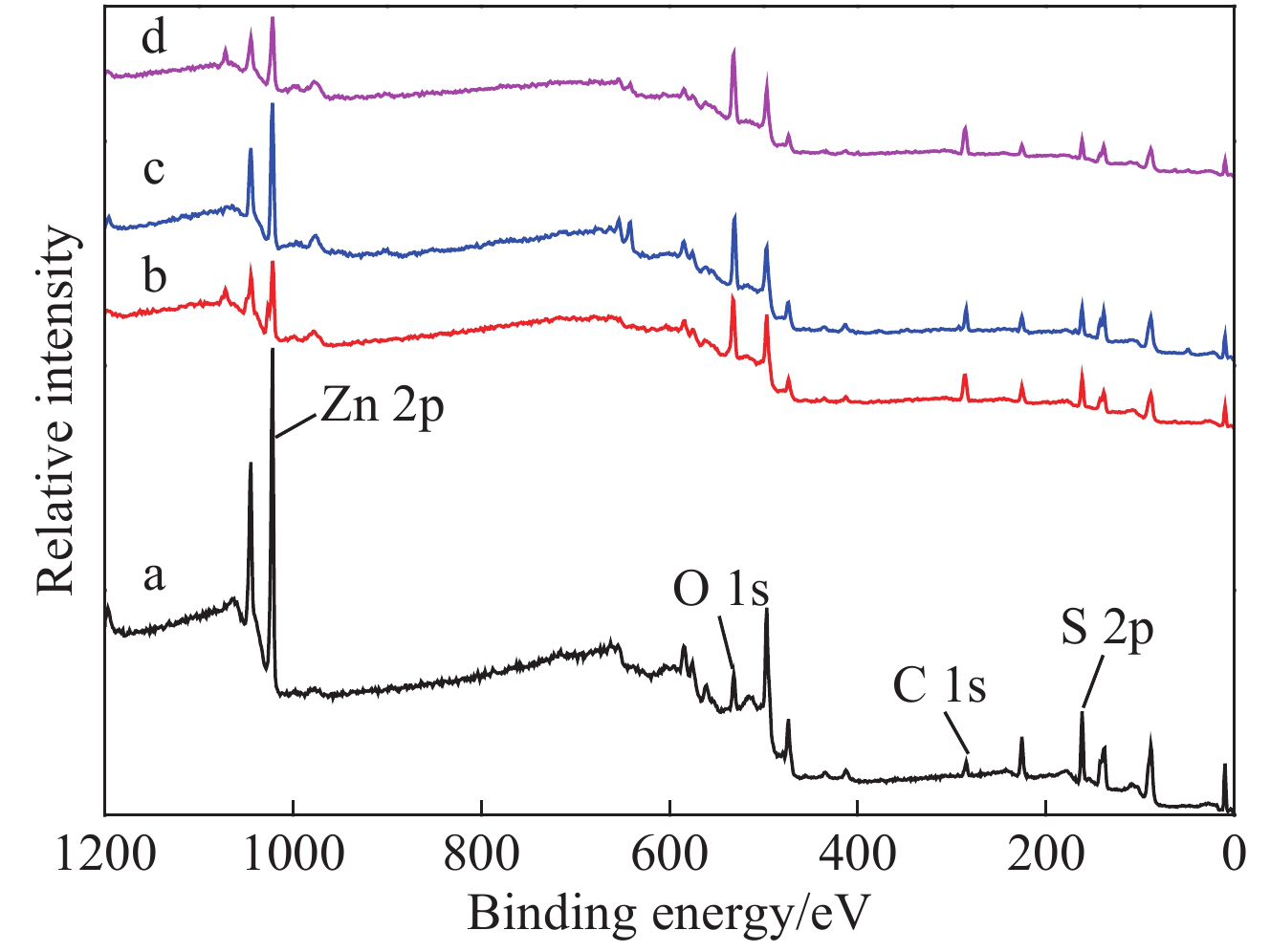Optimizing Alloy Performance: Chemical Composition Analysis for Superior Casting Quality
Introduction
Achieving optimal performance in metal castings depends significantly on precise chemical composition. Even minor variations in alloy elements can drastically impact mechanical properties, corrosion resistance, and castability. At Neway, we employ meticulous chemical composition analysis, ensuring that our alloys meet stringent standards and performance specifications, consistently delivering superior quality castings to our customers.
Importance of Precise Chemical Composition
The chemical composition of casting alloys directly influences their performance characteristics, such as strength, ductility, corrosion resistance, thermal properties, and machinability. Precise control and verification of alloy composition allow manufacturers to:
Ensure consistent mechanical and physical properties across production batches.
Achieve compliance with international alloy standards (e.g., ASTM, ISO, JIS).
Minimize casting defects caused by improper elemental balance.
Optimize the casting process by maintaining ideal fluidity and solidification behavior.
Enhance corrosion resistance and material longevity, crucial for demanding applications.
Regular chemical analysis significantly reduces variability and boosts customer confidence, supporting reliable and predictable casting performance.
Key Elements in Alloy Composition
Each element within an alloy serves a specific function, and accurate measurement is essential:
Aluminum Alloys
Aluminum alloys, such as A380 and A356, often contain:
Silicon (Si): Enhances castability, fluidity, and reduces shrinkage (typically 7–12% in alloys like AlSi12).
Copper (Cu): Improves strength and hardness (approximately 3–4% in alloys like A380).
Magnesium (Mg): Boosts strength, especially after heat treatment (0.2–0.6% in alloys such as A356).
Iron (Fe): Usually controlled below 1.3% to minimize brittleness and porosity issues.
Zinc Alloys
Zinc alloys like Zamak 3 and ZA-8 typically contain:
Aluminum (Al): Enhances fluidity and strength (usually around 4% in Zamak 3 and up to 8–9% in ZA-8).
Copper (Cu): Increases hardness and wear resistance (approximately 1% in Zamak 5, 0.75–1.25% in ZA-8).
Magnesium (Mg): Helps prevent intergranular corrosion (typically maintained around 0.03%–0.06%).
Copper Alloys
Copper alloys such as Brass 360 and C18200 include critical elements:
Zinc (Zn): In brass alloys, zinc content can vary significantly (approximately 30–40% in Brass 360), influencing strength and ductility.
Nickel (Ni): Improves corrosion resistance and toughness in alloys like CuNi alloys (e.g., 10–30% in CuNi10Fe1 and CuNi30Fe1).
Beryllium (Be): Significantly enhances hardness and thermal conductivity in beryllium copper alloys (typically 0.2–2%).
Methods of Chemical Composition Analysis
Neway utilizes advanced analytical techniques to precisely control alloy compositions, including:
Optical Emission Spectroscopy (OES)
OES is a rapid, highly accurate analytical method capable of measuring elemental composition to precision levels within ±0.01%. It's widely used due to its speed, accuracy, and ability to detect trace elements effectively.
X-ray Fluorescence (XRF)
XRF analysis is effective for verifying elemental content in raw materials and cast products. It provides non-destructive elemental analysis with accuracy typically within ±0.05%.
Wet Chemical Analysis
Traditional wet chemistry methods are employed for verifying critical trace elements and precise elemental percentages, ensuring detailed verification aligned with ASTM standards (e.g., ASTM E34, E350).
Compliance with Industry Standards
Neway ensures alloy compliance with globally recognized standards, including:
Alloy Type | Relevant Standards |
|---|---|
Aluminum | ASTM B85, JIS H5302 |
Zinc | ASTM B240, ASTM B86 |
Copper | ASTM B16, ASTM B441 |
General | ISO 9001, RoHS, REACH |
Meeting these rigorous standards ensures our castings consistently deliver superior performance, reliability, and compliance.
Advantages of Chemical Composition Analysis
Rigorous chemical analysis provides substantial benefits, including:
Reduced casting defects (porosity, shrinkage) by maintaining precise elemental balance.
Enhanced mechanical properties by maintaining strict compositional controls.
Improved corrosion resistance ensures long-term durability in harsh environments.
Reliable quality and performance data that reassures customers and end-users.
Consistency in high-volume production batches, maintaining tight tolerance controls.
Case Study: Automotive Aluminum Alloy Validation
An automotive client required consistent alloy composition for critical aluminum components in vehicle suspension systems. Neway performed rigorous chemical analysis:
Confirmed 9–11% silicon levels for optimized castability and minimal porosity.
Verified magnesium levels (0.25–0.45%) ensure enhanced post-heat-treatment strength.
Controlled iron content below 0.8%, significantly reducing brittleness and defects.
As a result, the client consistently received cast components meeting rigorous automotive industry standards, ensuring durability, reliability, and safety.
Why Choose Neway for Chemical Composition Analysis?
Advantage | Specification and Details |
|---|---|
Advanced Techniques | OES, XRF, wet chemical analysis for precision measurement |
Industry Compliance | ASTM, ISO, JIS, RoHS, REACH compliant alloy verification |
Material Expertise | Extensive experience with aluminum, zinc, copper alloys |
Consistent Accuracy | Analysis accuracy within ±0.01% to ±0.05% |
Reliable Documentation | Comprehensive composition certificates and traceability |
Conclusion
Accurate chemical composition analysis is essential for optimizing alloy performance and achieving superior casting quality. At Neway, our precise analytical methods ensure consistent, reliable alloy properties aligned with stringent global standards.
Choose Neway for casting solutions backed by meticulous chemical analysis, delivering performance, reliability, and exceptional quality.
FAQs
Why is precise chemical composition critical for casting quality?
What are the main analytical methods used to verify alloy composition?
How does chemical composition affect casting defects and mechanical properties?
What industry standards govern alloy composition analysis?
How frequently should chemical composition testing be performed in metal casting production?

